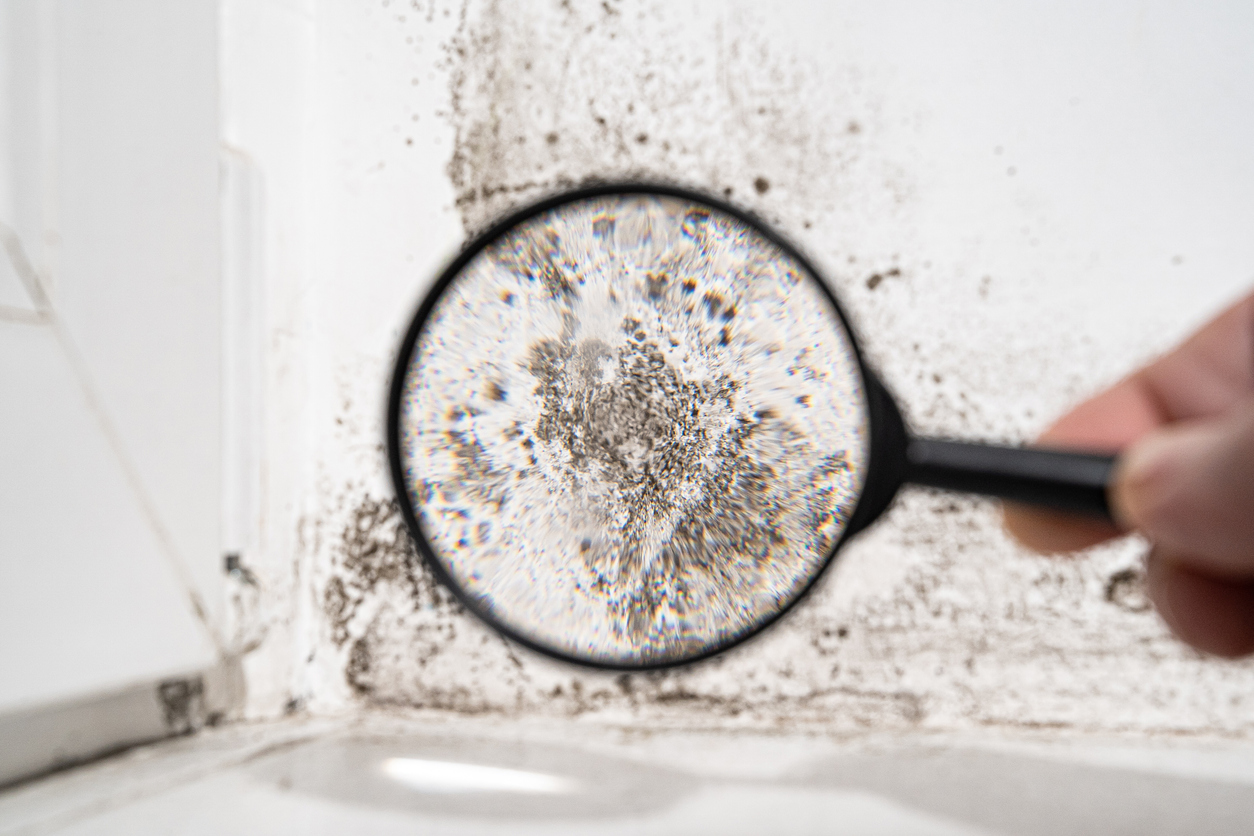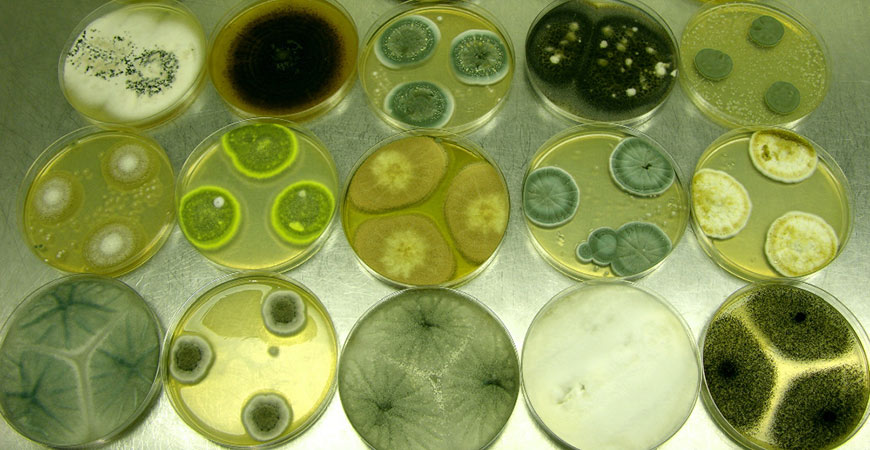Mold grows in environments with moderate temperatures, moisture, and organic materials to feed on.
Mold spores thrive indoors in consistently damp areas like bathrooms, basements, and kitchens.
This article explores the key factors that allow mold to thrive, including temperature, moisture, and food sources.
What Environment Does Mold Thrive In?
Mold thrives in warm, humid indoor environments that provide adequate moisture and organic materials to feed on.
Mold growth proliferates best around 70-90°F when the relative humidity is above 50%.
Key Points
- Mold requires temperatures between 40-100°F to grow, with the optimum around 70-90°F.
- Controlling moisture and humidity under 50% inhibits mold growth by creating an unfavorable environment.
- Kitchens, bathrooms, basements, and other damp areas allow mold to thrive indoors.
What Is the Best Environment for Mold to Grow?
Mold grows best in warm, humid conditions with adequate moisture and organic matter to feed on.
Ideal temperatures for prolific mold growth range from 70-90°F.
Mold also thrives at higher humidity levels between 70-90%.
Bathrooms, basements, kitchens, and other areas prone to dampness allow mold to flourish indoors.
On a microscopic level, mold spores thrive when there is enough moisture available for germination.
Controlling moisture and fixing any water leaks promptly prevents mold growth by limiting the availability of water.
Overall, the optimal environment for mold combines moderate warmth, high humidity, moisture, and cellulose-based materials to feed on.
Does Mold Grow Faster in Hot or Cold Temperatures?

Mold grows fastest at warmer temperatures, with the optimum range being 70-90°F.
At colder temperatures, mold growth simply slows down rather than stopping completely.
As long as the temperature is above freezing and moisture is present, mold can proliferate at cooler temperatures.
However, mold growth peaks at warmer temperatures around 86°F when paired with sufficient humidity and moisture.
Freezing temperatures do not kill mold growth – they simply slow the growth rate.
So, in summary, mold grows quicker in hotter environments near 86°F compared to colder temperatures.
But mold can grow at any temperature above freezing as long as moisture is available.
What Building Materials Are Susceptible to Mold?
Cellulose-based materials like drywall, wood, paper, and cardboard provide nutrients for mold to feed on.
Cloth, carpet, insulation, upholstered furniture, and dust can also harbor mold growth.
Mold can grow on concrete and glass but needs an organic food source.
Preventing moisture is key for susceptible materials.
Can You Completely Eliminate Mold from A Home?
It is very difficult to eliminate all mold growth from a home permanently.
Even after remediation, mold spores may remain present, simply dormant and awaiting the right conditions.
Spores are microscopic and impossible to eradicate once mold has established itself.
The key is controlling moisture through ventilation, dehumidification, and prompt leak repair.
This helps create an unfavorable environment for mold so existing spores cannot proliferate.
However, it is an ongoing process since spores brought in from outside can cause new mold growth if moisture levels rise again.
Overall, while mold cannot be permanently eliminated, consistent moisture control provides the best defense against recurring mold issues.
To Sum It Up
Regularly monitoring your home for excess moisture, proper ventilation, and prompt leak repair are crucial to prevent mold growth.
Understanding what environment mold needs to thrive helps limit fungal proliferation.
While mold cannot be permanently eliminated, moisture control limits growth.
FAQ
What Is the Best Humidity Level for Mold?
Mold thrives when indoor humidity levels are consistently above 50%. The optimal humidity level for prolific mold growth is between 70-90%. Keeping humidity under 50% helps prevent mold.
Can Mold Grow at Freezing Temperatures?
Yes, mold can grow at temperatures just above freezing as long as adequate moisture and nutrients are present. Freezing temperatures do not kill mold or its spores. Mold growth simply slows down at colder temperatures.
What Home Areas Are Most Vulnerable to Mold?
Kitchens, bathrooms, basements, crawl spaces, and other areas prone to dampness or leaks provide prime environments for mold. Mold flourishes on wet surfaces, so monitoring plumbing fixtures helps prevent growth.
GreenChiCafe is passionate about the environment and our natural world. Please check out our website for more great content on important environmental topics.

Annie is a passionate environmental writer and activist. She has been writing about sustainability, conservation, and green living for over 15+ years. Annie is dedicated to raising awareness about environmental issues and providing practical tips for living an eco-friendly lifestyle. When she’s not writing, you can find her volunteering with local environmental organizations, teaching workshops on zero waste living, or exploring nature. Feel free to get in touch with Annie: annie@greenchicafe.com

